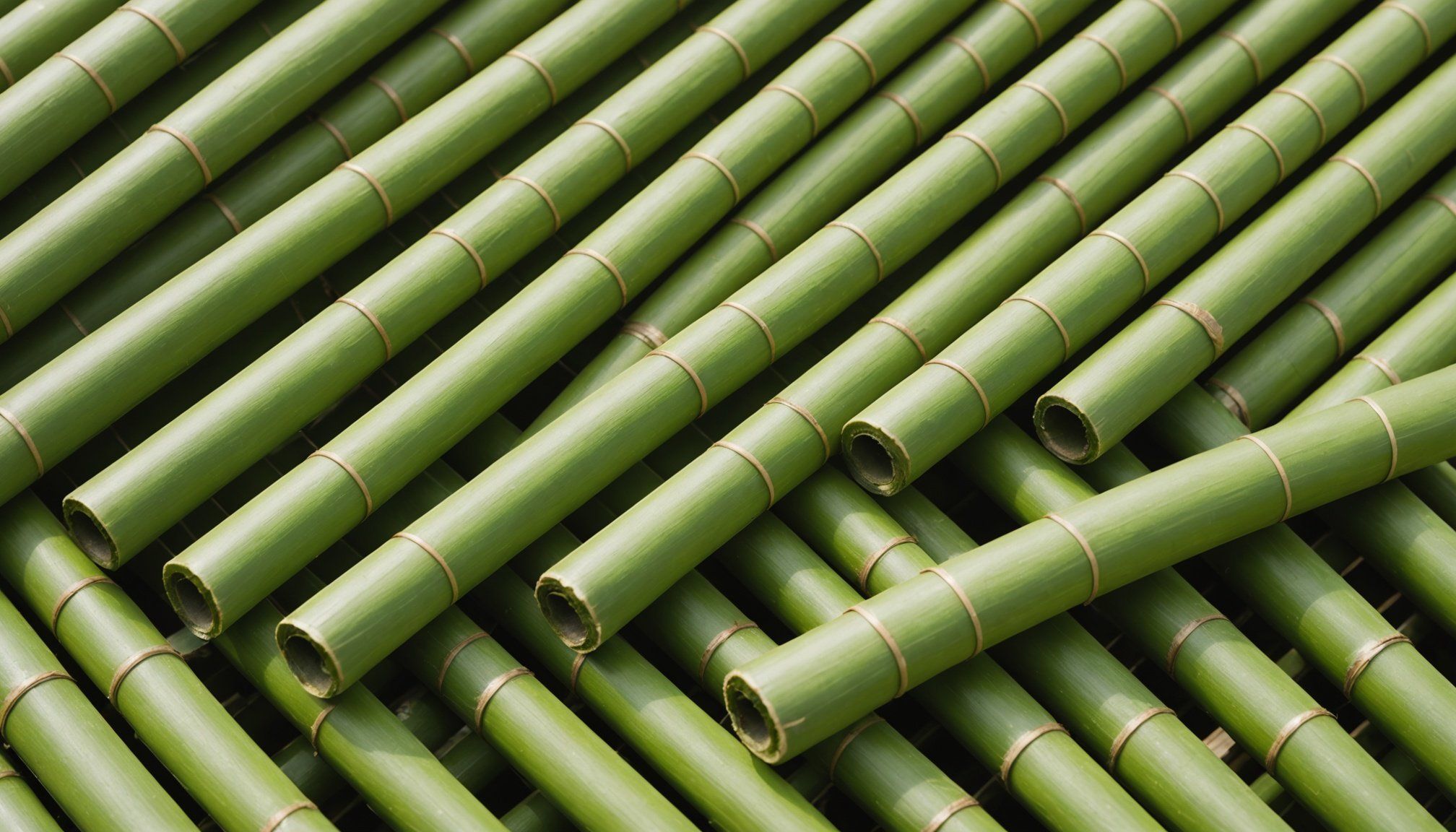Overview of Bamboo Fabric’s Environmental Benefits
Exploring the environmental benefits of bamboo fabric offers a promising outlook for sustainable fashion. One notable advantage of bamboo fabric is its remarkable biodegradability. When compared to synthetic materials, bamboo fabric decomposes naturally, significantly reducing waste in landfills and contributing to a healthier planet.
Bamboo’s growth characteristics highlight its low resource requirements. Unlike traditional cotton, which is resource-intensive, bamboo thrives with minimal water usage, little need for pesticides, and less space. This makes it an efficient choice compared to synthetics, which rely on petrochemicals.
Topic to read : Elevate your professional wardrobe: chic blazer styling tips for any occasion
The renewability of bamboo stems from its rapid growth and efficient harvest cycle. Bamboo can grow up to three feet in 24 hours and reaches maturity in just 3 to 5 years. Harvesting bamboo does not necessitate replanting, as new shoots grow from the existing root system, ensuring a sustainably managed resource.
Incorporating bamboo fabric into sustainable fashion not only supports waste reduction but also aligns with eco-friendly practices due to its efficient production process. By choosing bamboo, the fashion industry can both innovate and advocate for reduced environmental impact, setting a precedent for responsible sourcing. This demonstrates a shift towards materials that prioritise the health of our planet.
Topic to read : Glow naturally: unveiling the skin-enhancing perks of a plant-based lifestyle
Case Studies of Fashion Brands Utilizing Bamboo Fabric
In recent years, several bamboo fashion brands have emerged as leaders in incorporating bamboo fabric into their lines. These pioneers not only contribute to the sustainable fashion movement but also showcase the versatility and eco-friendly materials that bamboo offers.
Brand Spotlight: Pioneers of Bamboo in Fashion
Many brands have embraced bamboo due to its environmental benefits. Noteworthy examples include companies that have built their reputation on sustainability, effectively balancing style and ethical production. These brands often receive high praise for their dedication to using bamboo fabric, supported by consumer demand for eco-conscious clothing.
Innovative Designs Incorporating Bamboo
Innovative design approaches are at the heart of bamboo fashion’s growth. Designers are creatively using bamboo to develop textures and styles that rival traditional fabrics. Collections featuring bamboo often highlight natural aesthetics and minimalist designs, appealing to consumers who value simplicity and environmental responsibility.
Success Stories of Eco-conscious Brands
Success metrics indicate strong consumer reception, with several brands reporting increased sales growth linked to bamboo offerings. As consumers become more aware of fashion’s environmental impact, sustainable fashion examples that utilise bamboo are poised to thrive in the market, reinforcing the fabric’s potential as a mainstream material.
Market Trends in Sustainable Fashion
The fashion industry is witnessing a surge in sustainable fashion trends that favour eco-friendly materials. This shift is driven by consumer preferences that increasingly lean towards brands committed to reducing environmental footprints. Bamboo fabric, with its remarkable renewability and low resource demands, is at the forefront of this transformation, aligning with eco-conscious consumer desires.
One dominant trend is the growing demand for transparency regarding production practices and material sourcing. Consumers are now more inclined to support brands that disclose their environmental practices and have verifiable sustainability credentials. This trend underscores the importance of integrating sustainable materials like bamboo into fashion lines to capture this empowered and discerning market segment.
Predictions for market growth in sustainable fashion are optimistic, as more labels invest in bamboo fabric incorporation. This rising interest is not just a passing fad; it’s a transformative movement reshaping how fashion operates globally. By adapting to these shifts, brands can capitalize on the expanding market and foster brand loyalty through genuine commitments to sustainability.
As awareness grows, the integration of bamboo as a staple fabric reflects these evolving market trends. It showcases the industry’s dedication to innovating responsibly while offering consumers greener fashion choices.
Visual and Interactive Elements to Engage Readers
Utilising visual storytelling is key in showcasing the sustainable narrative of bamboo fabric. When brands illustrate the journey from bamboo plant to finished garment, it captures the environmental benefits with clarity. Stunning graphics that depict bamboo’s low resource requirements—such as less water and no need for pesticides—prove compelling.
Incorporating sustainable fashion graphics into marketing strategies helps highlight the fabric’s eco-friendly properties. Such visuals can effectively portray bamboo’s rapid growth cycles, siding with sustainable practices. This approach appeals to consumers who prefer materials that reflect environmental mindfulness.
Interactive elements, such as virtual tours and informative videos, provide consumers with a deeper understanding of bamboo fabric benefits. Demonstrations of bamboo harvesting or animated infographics detailing its production process engage and inform users, boosting their appreciation for sustainable textiles.
An interactive quiz might, for example, assess consumer knowledge on bamboo fabric. It gives instant feedback and educates users on facts they might have overlooked. Educational resources ultimately guide informed decisions. This blend of visuals and interactivity empowers consumers to make sustainable fashion choices, enhancing brand loyalty through engagement and transparency.
Consumer Insights on Sustainable Materials
Understanding consumer behavior provides valuable insights into attitudes towards sustainable textiles. Recent surveys indicate a significant shift, with an impressive 67% of consumers expressing a positive perception of bamboo fabric. This preference arises from a desire to align fashion choices with personal values. Sustainable choices are paramount, reflecting a growing commitment to the environment.
Survey Results on Consumer Attitudes Towards Sustainability
Surveys reveal that environmental consciousness is a key driver in purchasing decisions. Consumers desire transparency about the origin and sustainability of materials used in products. Bamboo fabric is perceived positively due to its minimal environmental impact and lower resource consumption, making it an attractive option in sustainable textiles.
The Role of Transparency in Brand Loyalty
Transparency has a profound influence on brand loyalty. Consumers trust brands that openly communicate their environmental practices. When companies share their sustainability efforts, it fosters trust and loyalty. Brands incorporating bamboo fabric have the opportunity to strengthen connections with environmentally aware consumers by highlighting their commitment to eco-friendly materials.
Educational Resources for Informed Consumer Choices
Well-informed consumers make empowered decisions. Educational resources, like infographics and brochures, help consumers understand the environmental benefits of bamboo fabric. Such resources demystify sustainable options, encouraging more environmentally friendly purchasing habits. Empowered consumers are more likely to choose sustainable textiles repeatedly.











